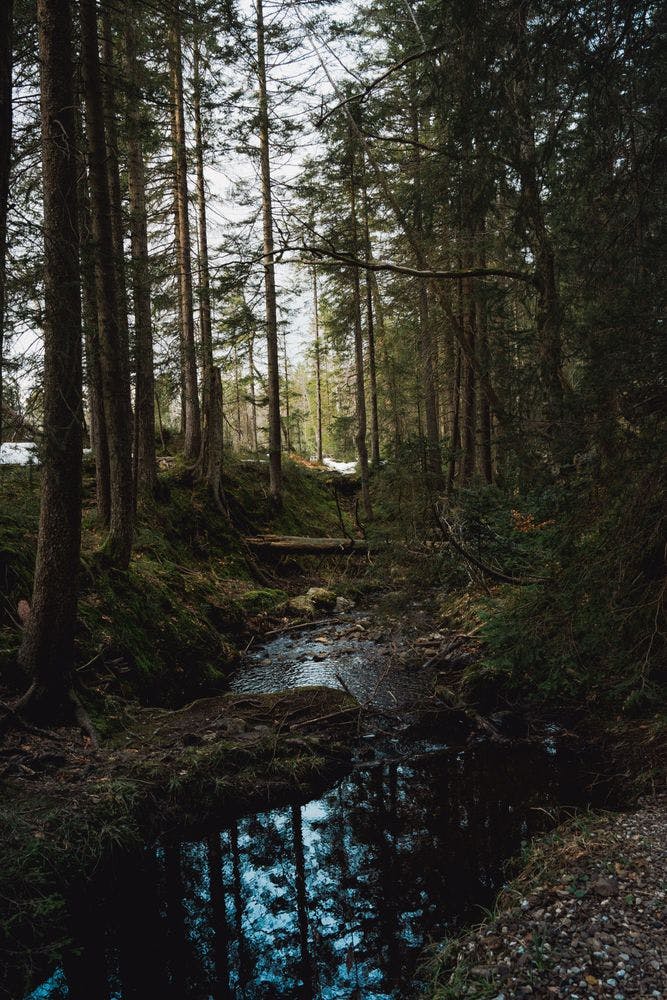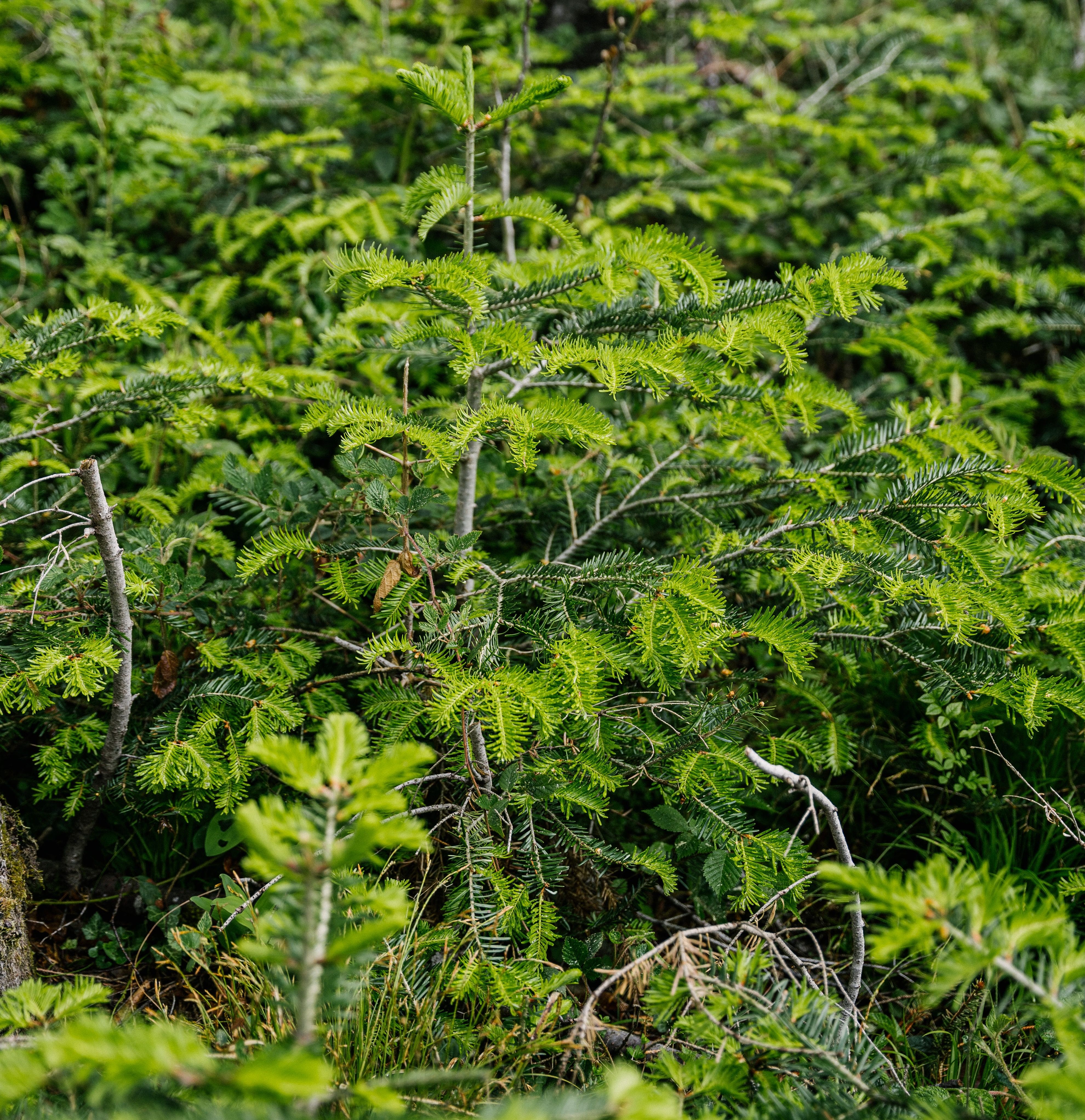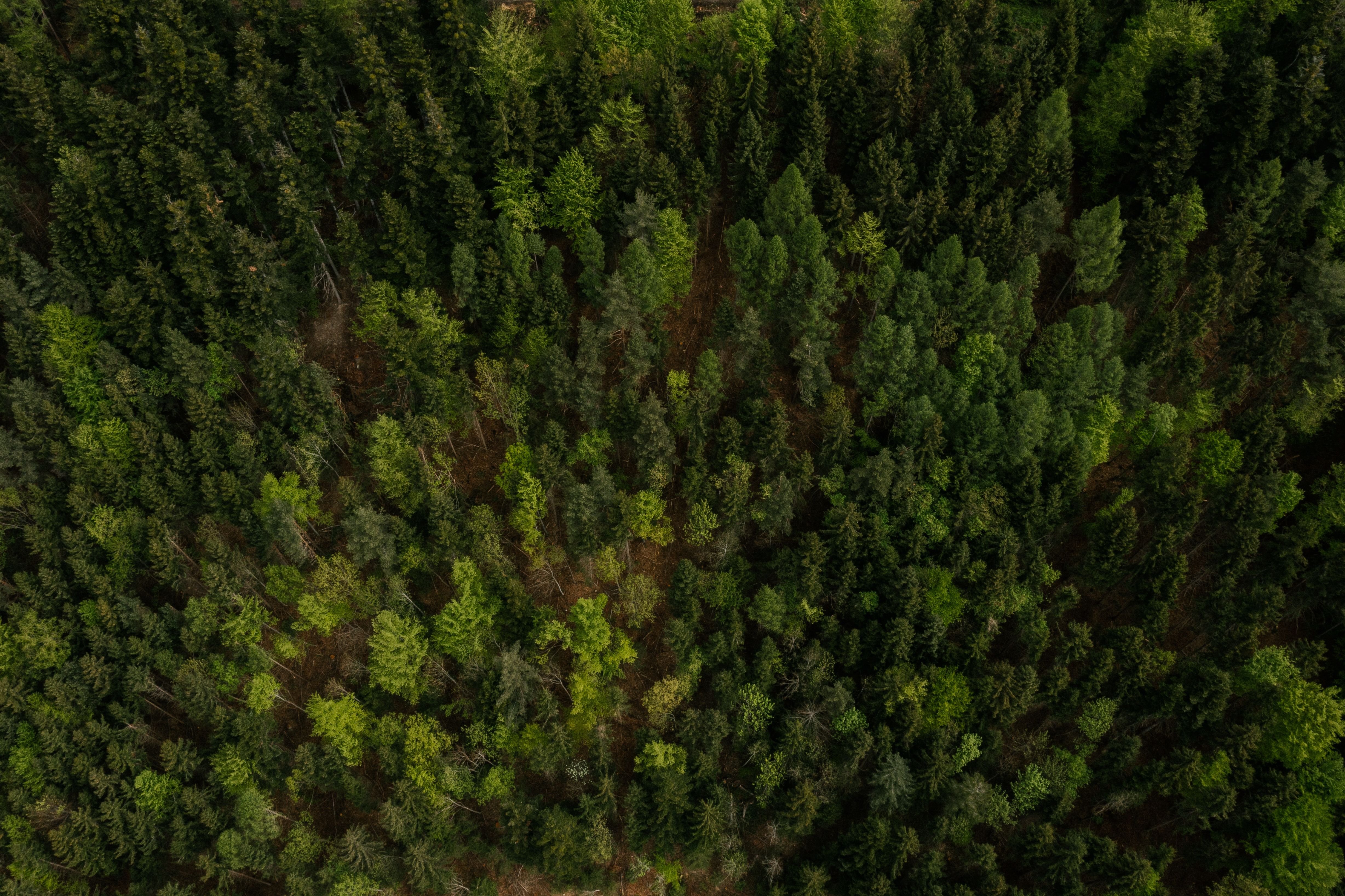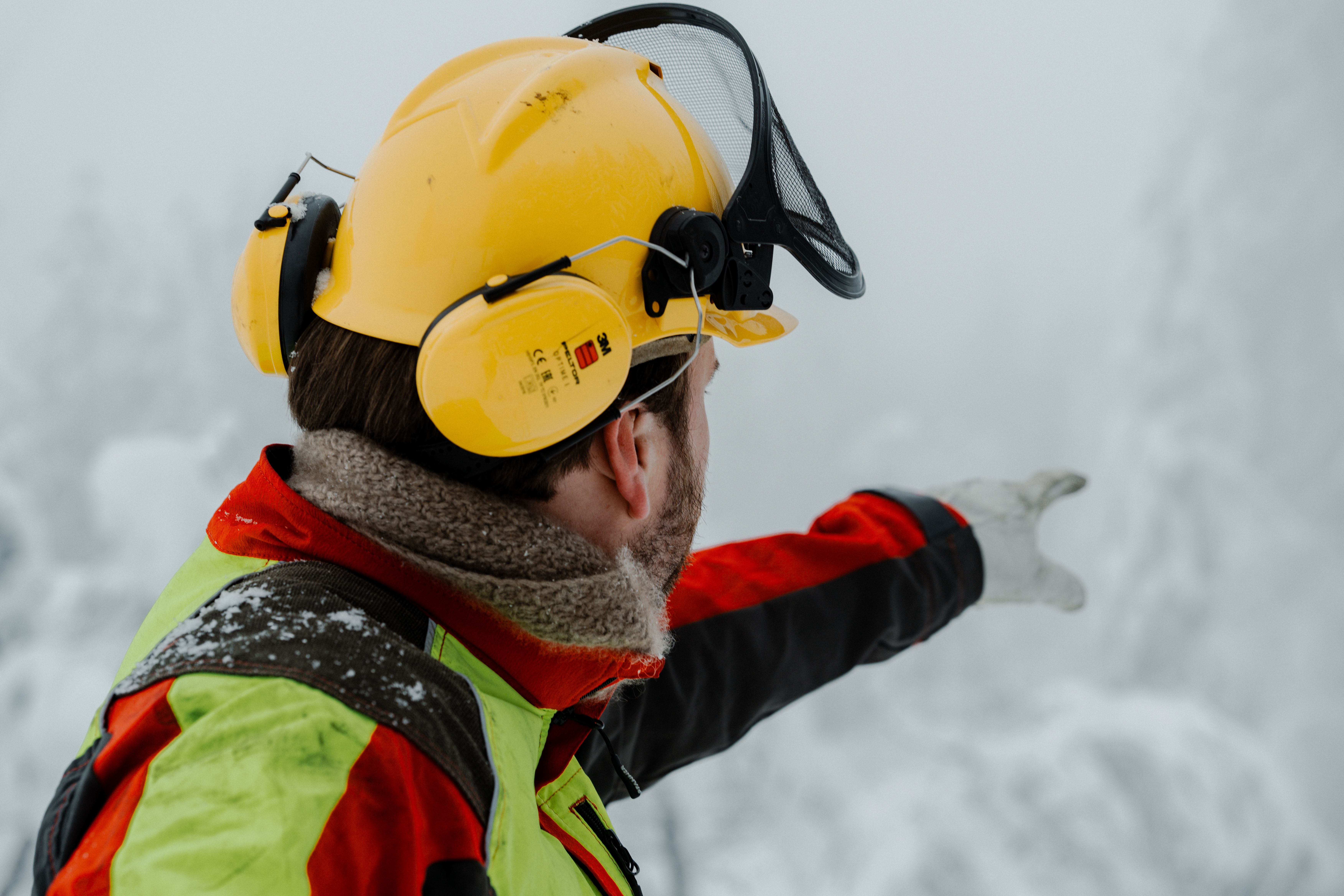
Part 1: Modern management practices for climate protection
2/27/2024
|

Ludmila Schäfer-Griffel

Forests in Europe
Considering that more than three quarters of Europe's land area was originally covered by forest landscapes, today's proportion sounds small in comparison: 39% of European land is currently classified as forest.
The long-term protection and restoration of our forests is due, among other things, to Hans Carl von Carlowitz, the chief mining administrator who shaped the concept of sustainability in 1713. It was only through the application of the sustainability principle of only using as much wood as can grow back that it was possible to counteract the severe overexploitation of forests from the Middle Ages to the beginning of the 19th century. As a result, the forest area in Europe has increased by around 9% since 1990, in contrast to the global trend of increasing reduction.
Content
Learn more about
-
The recovery of Europe's heavily overexploited forests thanks to the invention of sustainable forestry
-
The cycle of sustainable forest management: promoting long-term forest dynamics through regeneration, cultural management and thinning as well as the integration of ecological principles
-
The benefits of sustainable forest management: raw material extraction, biodiversity conservation and reduction of Carbon emissions for climate protection.
Management
Even though the introduction of sustainable forestry has been able to halt deforestation in Europe, many people who visit forests for recreation may wonder why the use of machinery and measures such as tree removal are necessary for the sustainable management of forests.
Many people think of a forest as a permanently densely wooded area. However, even the remaining European primeval forest areas (2% of the total forest area) are not static, unchanging units, but rather a small-scale patchwork of different, cyclically repeating stages of development (succession stages) of emergence, growth and decay. This concept of a natural mosaic cycle forms the basis of management measures in modern commercial forests. The seedlings of the desired tree species grow into trees until they are felled after a certain period of time (rotation period) to make way for the next generation. This cycle is accompanied by forest managers
The sustainable management cycle
With the challenges of climate change in mind, the need for sustainable forest management has never been more urgent. Based on the life cycle of a forest stand, we present some innovative methods and technologies for sustainable forest management.
1. Rejuvenation stage
Instead of planting only one tree species with a high growth rate (e.g. spruce), the establishment of two or more site-adapted and climate-robust tree species on the same area through natural regeneration is favoured today, from which stable mixed stands grow (e.g. by adding fir and sycamore maple to spruce). Naturally regenerated stands are characterised by a higher adaptability and develop heterogeneous structures in the long term, which correspond more to a natural forest image. Planting is only carried out if there are no vital mother trees of the desired tree species in the immediate vicinity. This is the case, for example, if the tree species composition is to be expanded with more climate-resilient tree species. In Central Europe, for example, forest conversion from over-represented homogeneous, even-aged spruce stands to species-rich mixed deciduous forests is often initiated during the regeneration phase. In the meantime, the "selection cutting" method is also being used more frequently, which mixes native species such as beech, oak and spruce in all their age stages in a single stand and thus imitates natural forest ecosystems.

2. Cultural management
In order for regeneration to establish itself successfully, it is necessary to achieve site-adapted game populations with the help of ecological hunting methods. Excessive game influence, e.g. heavy browsing by roe or red deer, leads to a segregation of the stand, as some tree species are browsed more heavily than others, or to the loss of natural regeneration. The regeneration of tree species favoured by game, such as silver fir, can also be protected by various mechanical protection measures (fences, individual protection with biodegradable growth covers that are already available) or special tree species- and site-specific planting methods. Cultivation care also includes, for example, pruning afforestation to free the young plants from the proliferating ground vegetation in summer and thus ensure their survival.
3. Thinning
As the forest matures, thinning becomes crucial to promote healthy growth. Thinning from above, as practised in the Bavarian State Forests, for example, involves removing the less developed trees in the dominant layer in order to provide the remaining trees with space and resources. Attention is also paid in the thinnings to achieve the greatest possible heterogeneity in tree diameters and heights. This promotes optimal tree development, reduces competition and increases the overall vitality of the forest.

4. Biodiversity conservation
The conservation of biodiversity hotspots within the forest is central to sustainable forest management. To this end, habitats for certain animal groups are supported through active silviculture. For example, the creation of deadwood islands or the labelling of habitat trees offers a wide range of insect and bird species good living conditions to establish themselves and thus form a resilient ecosystem. This has been happening in many forest enterprises on a voluntary basis for decades.

5. Carbon sink
Forests act as natural carbon sinks by absorbing carbon dioxide from the atmosphere through photosynthesis and storing it in plant material and soils. By sequestering carbon, forests help to reduce the concentration of carbon in the atmosphere. Protecting and restoring forests not only preserves biodiversity, but also contributes to climate change mitigation by enhancing carbon sequestration. In addition, healthy forests play an important role in regulating local and regional climate systems. They support the water cycle and provide numerous ecosystem services that are essential for human well-being.
6. Final utilisation and regeneration
At the end of its life cycle, a forest stand undergoes the final harvest and paves the way for the subsequent regeneration phase. Sustainable logging practices prioritise, where possible, selective logging through single-tree harvesting. The aim of final harvesting is to ensure the continuity of forest ecosystems and to extract the valuable raw material of round timber. Selective logging involves the targeted removal of mature trees, while young and healthy specimens are left standing in order to maintain the natural dynamics of the forest. In order to maintain the forest climate and produce seeds for the next generation, so-called seed trees are left on the site. After harvesting, the area is carefully monitored to promote healthy and diverse natural regeneration and thus strengthen the resilience of the new forest. The cycle of a forest stand from creation to harvest epitomises the harmonious interplay between human intervention and natural processes. Through innovative practices based on ecological responsibility, Central Europe's forests are places of sustainable sources of raw materials, biodiversity and climate resilience. European ecosystems must be carefully managed and protected to ensure that they are preserved for future generations.

Outlook
In our next two blog posts in the series " Sustainable forest management in Central Europe", you can read about the challenges and risks facing European forests and how Tree.ly's climate protection projects specifically support forest owners in establishing and maintaining resilient forests.

